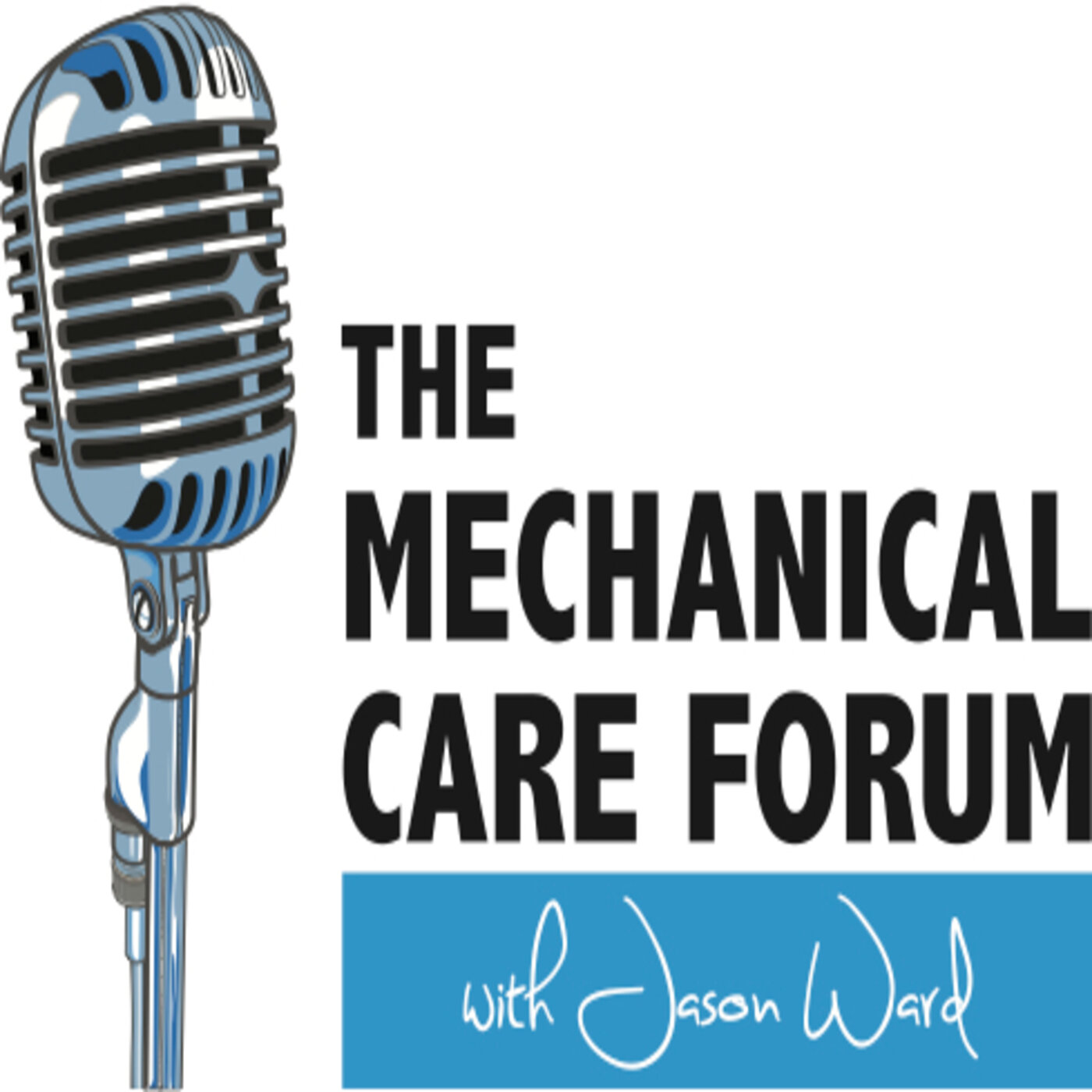Matthew Grimm
In episode 268 I'm speaking with Dr. Matthew Grimm. An orthopedic surgeon who is also certified in MDT. He talks about his use of MDT in his practice, how he utilizes it in a fast-paced and high volume orthopedic clinic, and gives his perspective on the utility of diagnosing mechanically. This week on MCF!
SHOW NOTES
Background
Dr. Matthew Grimm is an Orthopedic Surgeon in New Orleans, practicing since the past 23-24 years. He has his own practice with three other surgeons. Matt is the only Orthopedic Surgeon in USA who is a Cert. MDT.
Professional Journey
Initially Matt studied biochemistry, but always wanted to be a physician. He talks about his journey of relocating to Louisiana and working as a chemist for Marathon Oil, meeting his current wife who is a physical therapist and going back to school to study health-care and eventually become an Orthopedic Surgeon.
Medical School Experience
Matt talks about how in medical school there was no education about mechanical pain and symptoms. He talks about the influencers that led him to specialize in orthopedics, his initial training, private practice and patient assessment methods prior to learning MDT.
Exposure to MDT
Matt talks about his first impression about McKenzie therapy being back extensions, which he now knows to be untrue. His exposure to MDT was through his wife, Lynn Grimm who after a hiatus from practicing physical therapy returned to work and underwent training and certification. He gives a patient example that had failed all kinds of conservative interventions including injections. That patient was assessed and treated during an MDT extremity course and was classified and managed as a hip derangement with great and rapid success which surprised him.
Eventually realizing that patients have mechanical diagnoses rather than anatomical is what got Matt to pursue MDT courses and get certified in 2019.
Envisioning Ideal Orthopedic Care
Matt feels that with his certification hopefully he might be able to influence other MD’s to MDT. He is of the belief that if more physicians are exposed to MDT it will impact healthcare costs in a positive way. Matt’s surgery hours have decreased by 50% since application of MDT principles in his practice, and it has not impacted his revenue.
Change in Practice
Matt now pays attention to movements and also the possibility of spinal involvement in extremity pain while assessing patients in his clinic. He also advices his patients on posture correction. Secondary to a high volume practice he is unable to go in a detailed assessment but uses basic MDT principles for a quick assessment.
Patient Example
Matt talks about patients presenting with acute kyphotic deformity and his management approach using a mechanical approach in his clinic. He also gives an example of a patient with knee pain responding to lumbar spine.
Orthopedic and Physical Therapist Communication
Matt talks about how he looks at the patient’s physical therapy notes if there is a MDT assessment form available, but otherwise does not look at therapy notes. He usually depends on information and feedback from patients to determine further management. Since use of MDT approach in his practice and referring patients to physical therapists practicing MDT his selection process for surgical candidates has improved along with his success rate.
Relation Development between Orthopedic Doctors and Physical Therapists
Matt does not know of any sure way of improving relationships between the orthopedic surgeons and physical therapists. He feels that with time things will change with more physicians acknowledging MDT since the method is so effective. He also proposes providing physicians with CME’s for MDT courses which are board certified.
Self Advice
Matt feels that knowing what he knows now, he still wouldn’t want to change anything. His ethics have never changed but over a period of time with new knowledge his practice has evolved.
We hope to deliver this content to the committed professional who wants to improve his/her care and we hope to do it in a way that is easily accessible, the world over, in today's technological age.
To contribute:
Give a 5-star review on iTunes;
Share EP #268 with a friend; and/or
Connect with us on the Spotify MCF Podcast and MCF Instagram page!
Thanks for your support!

